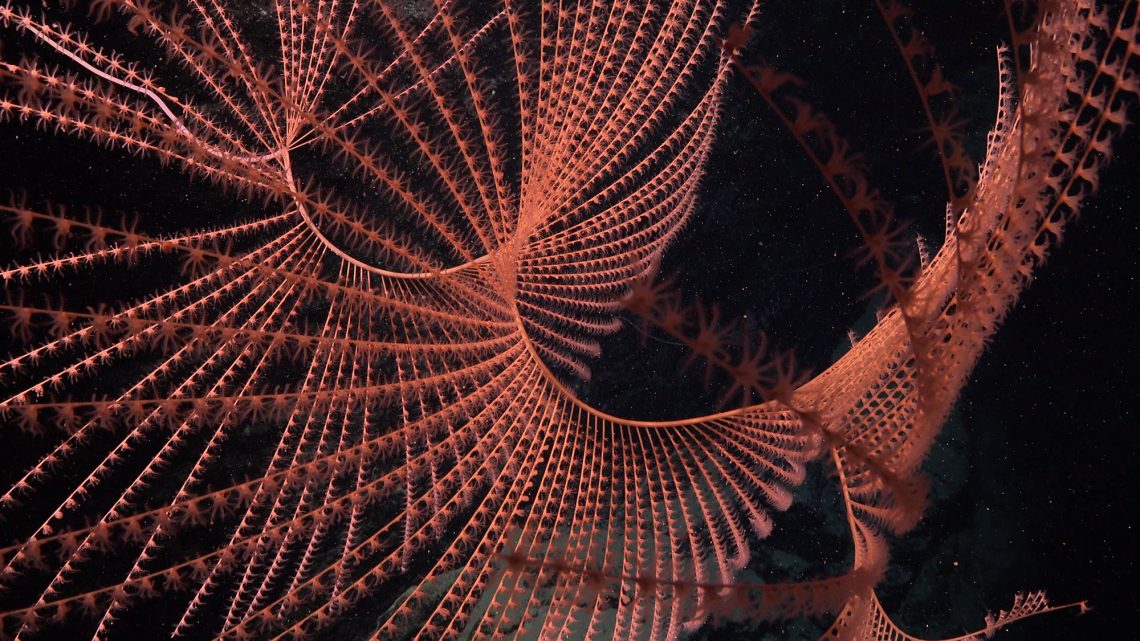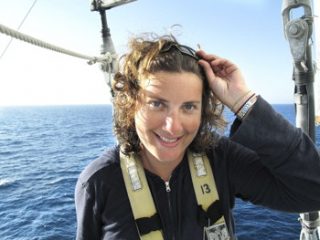It has been an epic 34 days at sea, where we have seen no other humans and are now completely saturated in the color blue, of which I think we have seen every shade possible. But more importantly, we have seen and sampled incredible and important things in our ~250 hours underwater with the ROV SuBastian on our 21 dives. All told, we visited 14 seamounts (10 of which were previously unmapped and unseen) between -1.6 and 10.5 deg latitude and collected over 31 TB of data, 699 samples, and countless new bacterial cultures to keep us busy over the next few years. So, where did we go? What did we accomplish? And what does it all mean?
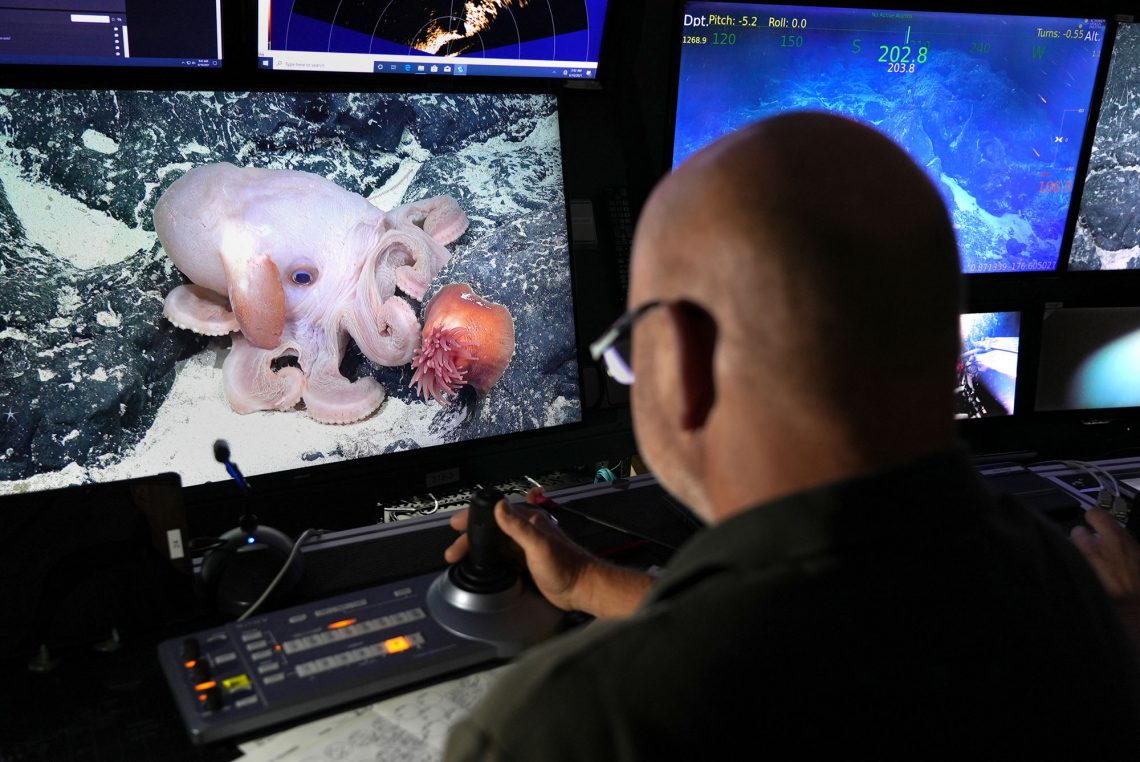
As you might expect with any long, epic adventure, we have lots of stories to tell. First off, we met our goals (and then some!) on this expedition, and we are now returning home filled with ideas, inspiration, and follow-up work. Our goals were multifold:
- Map, explore, and characterize new seamounts and dive tracks in the deep sea.
- Characterize, identify, and describe deepwater corals and sponges
- Quantify and characterize coral and sponge associated-animals, such as crabs, brittle stars, etc., to try to understand their co-evolved relationships
- Conduct the first focused study on deepwater corallivores – coral predators – to try to determine the patterns and mechanisms of coral predation
- Examine the potential for deepwater coral and sponge infection and their mechanisms of immune response
- Culture and characterize new deepwater microbes
- Use all of this information to contribute to ongoing conservation conversations. We worked in places ranging from a fully protected, no-take marine protected area to wholly unprotected high seas waters owned by no one and used by all.
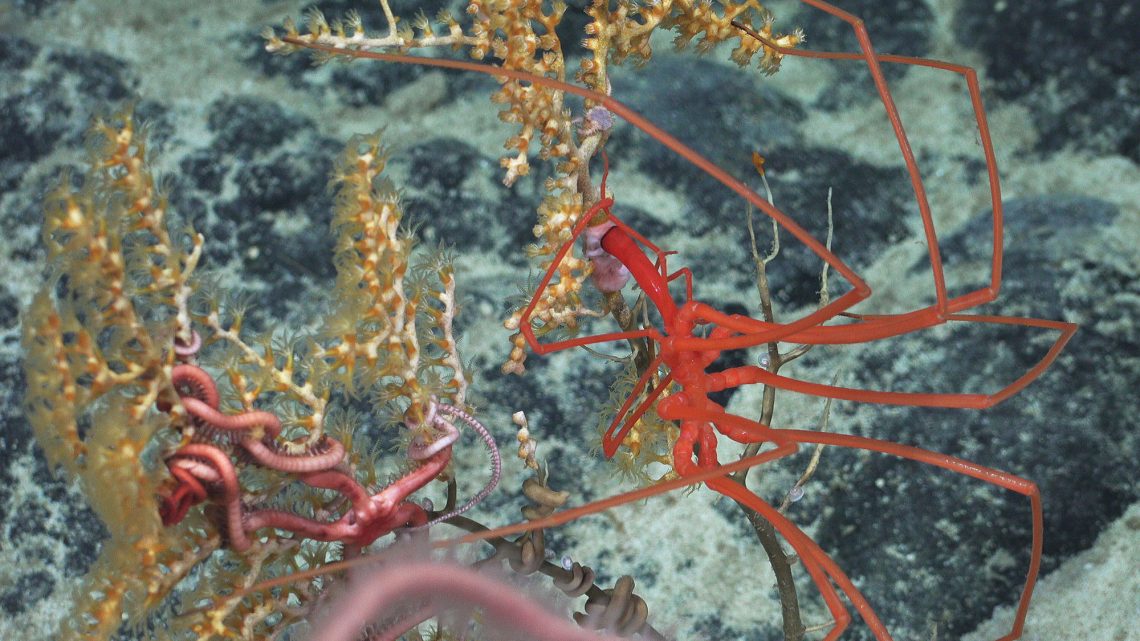
In addition to the top 7 main goals, we also characterized water samples for microbial diversity and eDNA analysis, collected rocks for our collaborators at the US Geological survey to help characterize the crusts and give geological insight into seamount age and formation, constructed 7 SfM photomosaics to help provide 3D spatial context and enable spatial analyses, scanned and printed several deep-sea corals, and conducted a lot of outreach! In addition to our many (and wonderful!) ship-to-shores, I think we *may* have broken the SuBastian styrofoam cup record, as we shrunk cups as part of a classic experiment demonstrating deep-sea pressure for over 200 school children in Massachusetts, Hawaii, and Singapore.
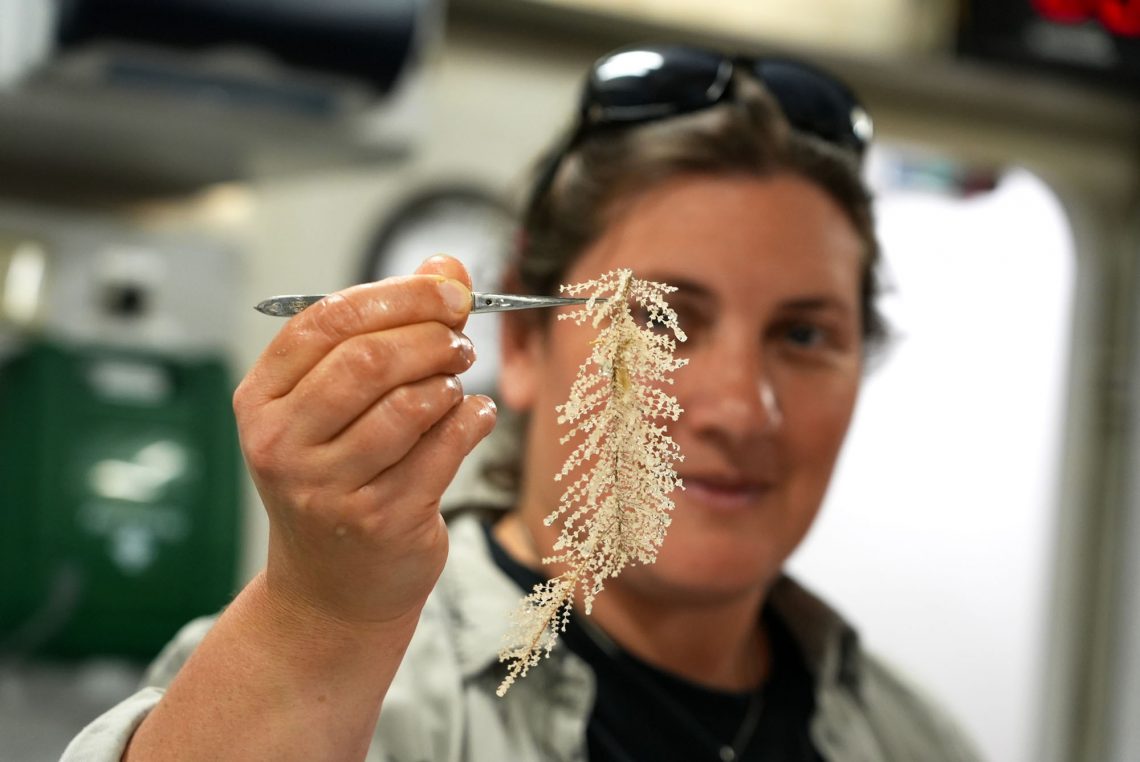
As I reflect on all of our success, however, I am struck by what matters most to me: I would do it all again in an instant. At the end of our month-long voyage, I felt like we were just about to start. The science was exciting, our team was productive, and the context was meaningful and rewarding. We did have some major hiccups along the way, the largest of which was our inability to enter Kiribati waters due to border closures resulting from COVID. Still, we were so grateful to have a Kiribati team member, and we all kept PIPA in our hearts and minds throughout the cruise. We are very grateful to our supporters for their invaluable help in making this expedition happen even during this global pandemic, especially to the Schmidt Ocean Institute, but also our home institutions (Boston University, Harvard Medical School, and Woods Hole Oceanographic Institution), Conservation International, US Fish and Wildlife, NOAA’s Deep Sea Coral Research and Technology Program, NOAA’s Office of Ocean Exploration, the US Geological Survey, the University of Hawaii, and all of our wonderful collaborators. We are also indebted to the crew of the RV Falkor and our amazing ROV pilots. There were 39 people on our ship, and it took all 39 of us to (safely!) adventure, explore, and accomplish so much.
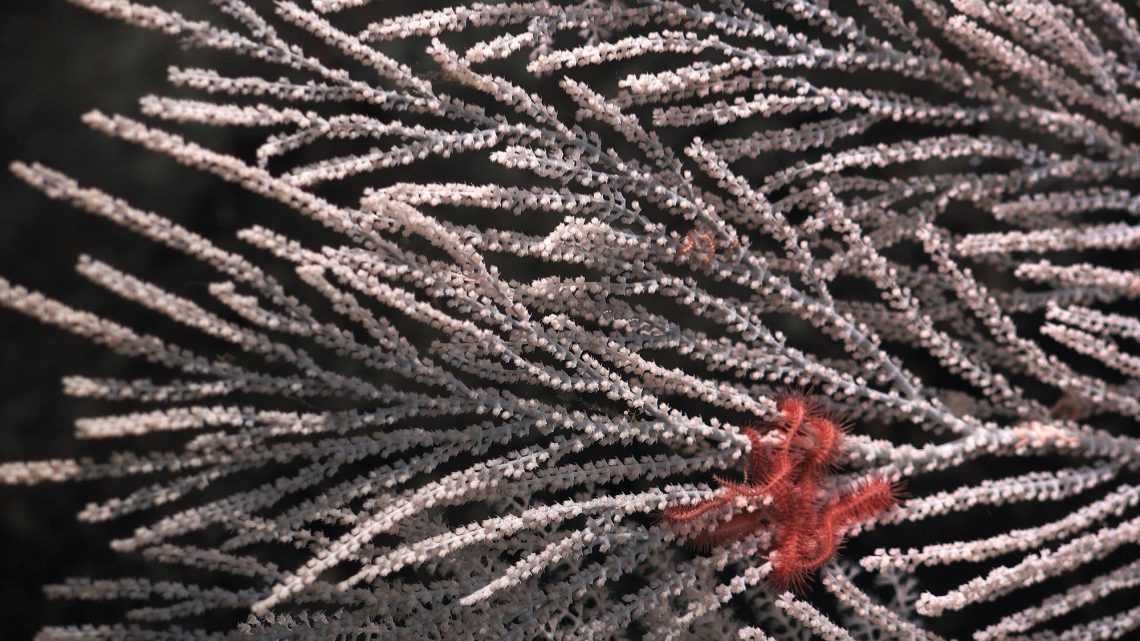
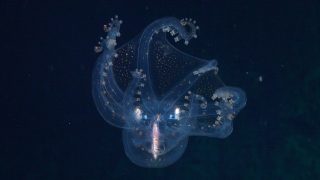
Long story short – it was a great adventure. Please keep an eye out for our papers and follow-up; we have learned so much from our time at sea that we will be excited to share in the coming months and years. And oh, just in case you were wondering, in addition to everything else, we saw at least 7 species of shark (including a whale shark) on our dives, some incredibly cool swimming crinoids, and ethereal jellies, and of course: the glass octopus. Two glass octopuses, actually, both currently NOT living in marine protected areas. As we move forwards as a global society with thinking about ocean conservation and the vast tracts of unprotected open ocean seamounts and seafloor, remember the glass octopus (or deepwater corals or novel bacteria or ancient sponges or 6-gill sharks or swimming crinoids or whatever works for you) and take some action. The ocean is 71% of our planet, yet only 2.7% is fully or highly protected. If a month at sea has taught us anything, it is that everyone has an important role to play and that the work has just begun.
